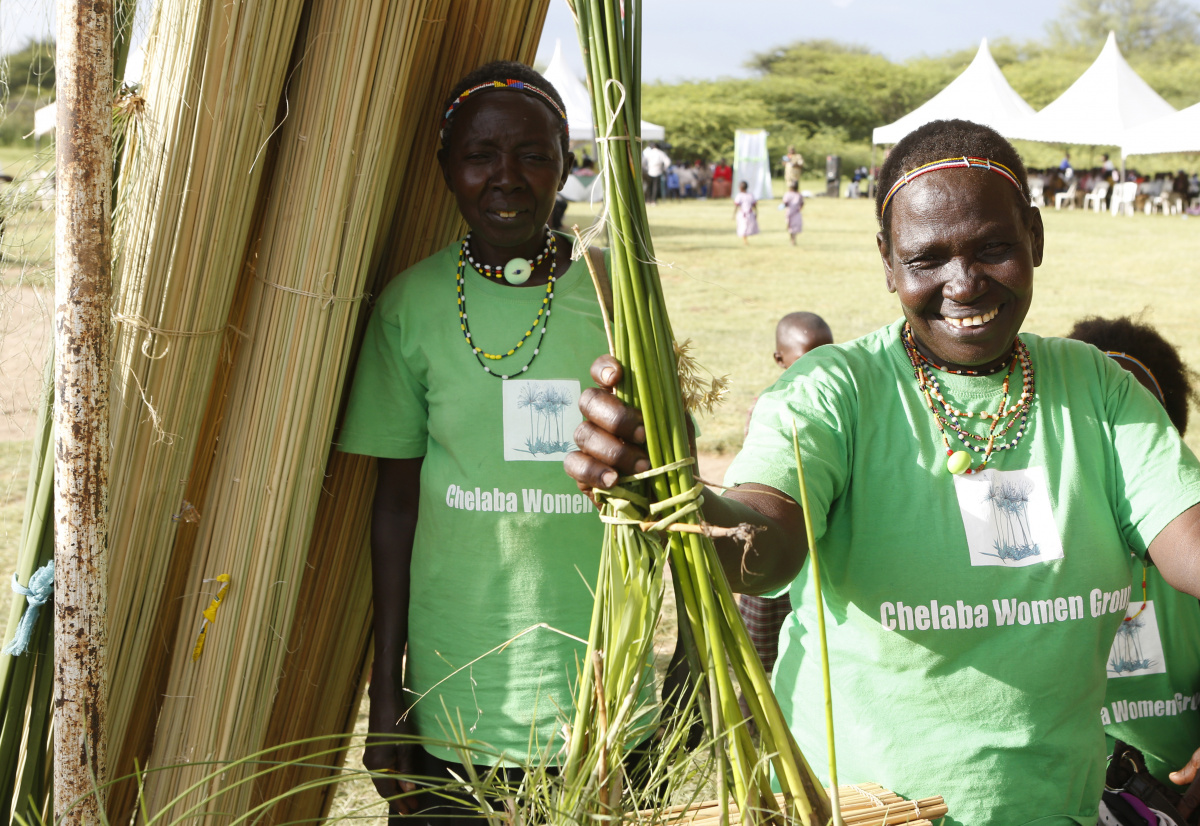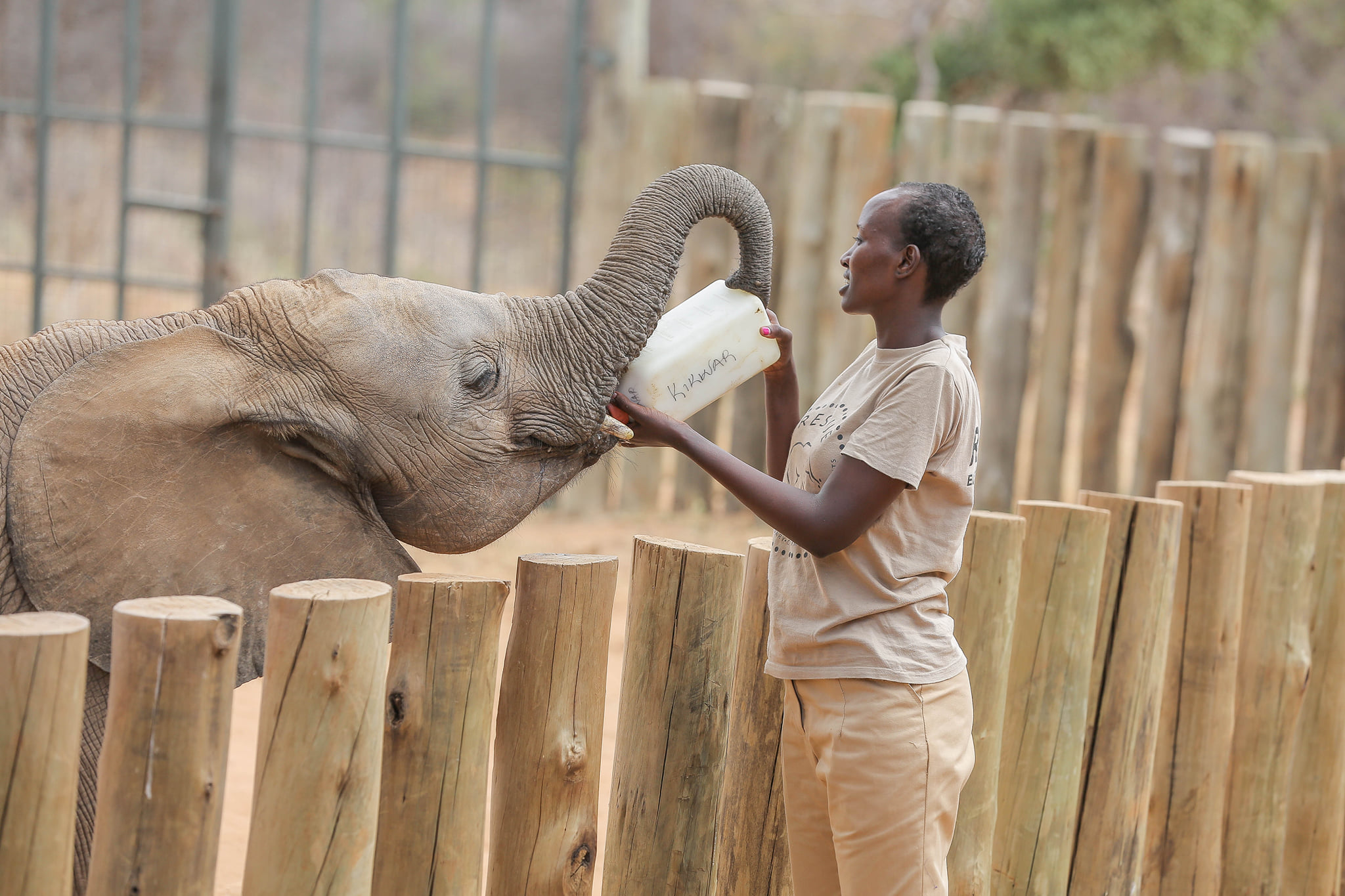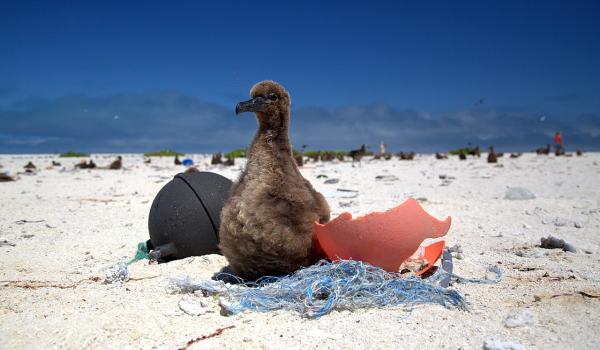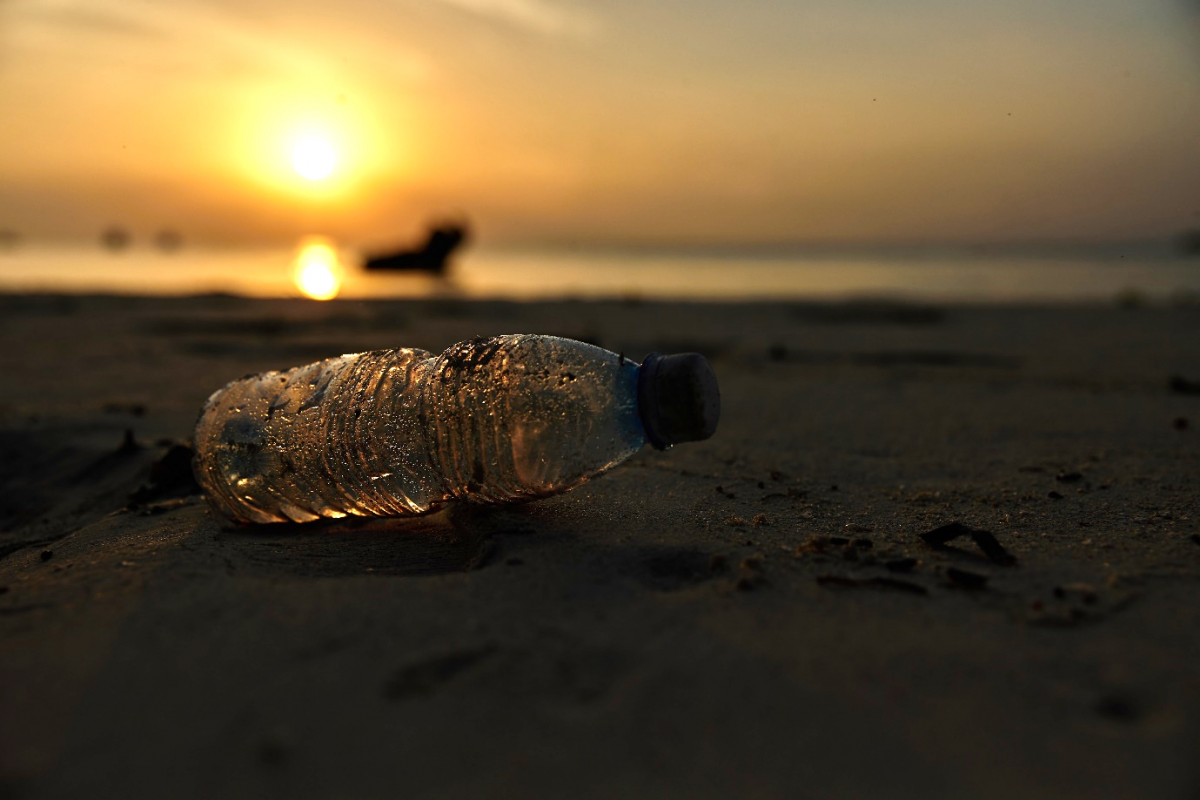Protecting people and biodiversity: Addressing gender-based violence (GBV) and conservation links
Around the world, GBV creates a barrier to conservation efforts and the sustainable and equitable access and control of natural resources.

Photo: KWCA
Linkages from Kenya to Peru
In Kenya, diverse habitats range from savannahs to mountains. Land and animal conservation serves as one of the cornerstones of the economy. Kenya’s conservancies cover over 6 million hectares and represent more than 700,000 households. However, women comprise less than ten percent of conservancy landowners and only five percent of conservancy managers.
 Photo: Provided via KWCA
Photo: Provided via KWCA
Here, in Kenya, conservancies observe that multiple layers of discrimination reinforce harmful gender norms and diminish the important roles women play in conservation, building a barrier to women’s leadership in this sector. These inequities range from conservancy decisions favoring men to women being excluded from decision-making structures and processes.
In fact, women may experience physical and psychological violence by husbands and other community members to pressure them to leave their conservation leadership roles. Local conservancies have reported that 15 of 26 women have cited physical violence, verbal abuse, humiliation and intimidation by spouses due to their involvement in conservancies. Furthermore, these locally-based conservancies have observed that at times, men who do support women in conservation have also experienced harassment. Together, conservancy groups note that these practices reinforce a normative attitude that “women can’t” – a barrier to gender equality, people’s safety and conservation goals.
Halfway across the world, in the Peruvian Awajún indigenous community of Shampuyacu, Awajún women find that gender norms, practices and beliefs that marginalise women are both perpetuated by and contribute to GBV, affecting their contributions to natural resource management. In addition to the denial and controlling of access to services and basic needs, women have reported facing abuse, assault, intimidation and persecution. Their fundamental roles in environmental conservation are impacted by violence that worsens discriminatory norms, including organisational operations, mandates and social ostracism. For example, an Awajún woman named Ana* revealed that she and other women are forced to stay at home and care for their family while men attend conservation trainings. Women are often excluded from these trainings, and should women want to attend, they face insults and “machismo” from the men. Locally-based conservation organisations have also noted that women’s economic empowerment may lead to increased physical and psychological abuse as men attempt to re-establish control over natural resource management. These acts of GBV affect women’s ability to protect and preserve their forest home.
These experiences in Kenya and Peru align with findings from a 2020 research paper commissioned by the United States Agency for International Development (USAID) and written by the International Union for Conservation of Nature (IUCN): GBV is used as a systemic means to reinforce existing privileges and power imbalances over roles and resources. When environmental threats occur, GBV increases, including sexual violence, domestic violence and forced prostitution.
Taking action
While conservation and GBV are often addressed separately, the linkages and complex interactions between these issues indicate that joint solutions are necessary. The global nature of the threat of GBV and the need for conservation efforts also requires unique, tailored solutions to be applied in communities.
To help create these solutions and build the knowledge base around how to address the linkages between GBV and conservation, USAID’s Resilient, Inclusive, & Sustainable Environments (RISE): A Challenge to Address Gender-Based Violence in the Environment has two grantees - in Kenya and Peru - that are applying evidence-based integrated approaches to address GBV. These grantees are targeting harmful gender norms and addressing GBV in conservation by using informed and integrated approaches that can be applied around the world, while still tailoring them to serve the needs of their individual communities.
Promoting gender equality in Kenyan conservancies
To help address these challenges, RISE grantee Kenya Wildlife Conservancies Association (KWCA) is partnering with Fauna & Flora International, CARE Kenya, Centre for Rights Education and Awareness and Taita Taveta Wildlife Conservancies Association (TTWCA) to implement a project that both addresses GBV and builds capacity to promote equitable access to and control of natural resources in conservancies in Kenya.
KWCA and its partners are facilitating transformation and gender equality by adapting elements and tools of CARE International’s Social Analysis and Action model (SAA). The SAA model is being adapted for the conservation sector for the first time, which will include a focus by the consortium in providing training and safe spaces for KWCA and TTWCA staff to identify and challenge harmful gender norms that exclude women from helping to determine how land and resources are governed, and to support conservancies in promoting safe, equitable and inclusive decision-making.
 Photo: KWCA
Photo: KWCA
Engaging men and boys in Peru
In Peru, RISE Challenge grantee Conservation International (CI) is partnering with PROMSEX in Peru to implement a program working to modify the harmful gender norms and beliefs about the role of women and men in society that lead to violence.
CI and PROMSEX are engaging with men and boys in the community to explore concepts of masculinity and transform attitudes that contribute to GBV. They also aim to create community processes to respond to violence by bringing government GBV support services closer to the community and building the capacity of staff, partners and the local indigenous federation to respond to incidents of GBV. The women in these indigenous communities are key to protecting Peru’s natural resources, and projects like this help address the root causes of GBV and ensure that these individuals feel safe enough to engage with conservation and sustainable economic activities.
 Photo: Conservation International
Photo: Conservation International
Meeting global challenges with gender equality
Biodiversity is essential to the well-being of humanity and the health of our planet, but it cannot be protected to the best of our ability unless conservation efforts also address gender equality and recognise women’s human rights. Women have an important lead role to play in conservation and the sustainable and equitable access and control of natural resources. By improving gender equality and reducing risk of GBV, the RISE Challenge and other global efforts will ensure that they are able to fulfill that critical role.
* Name has been changed
_______________
This story was developed by Emma Haberern of Resonance Global, with contributions from KWCA and Conservation International Peru.
For more on RISE, please visit: https://genderandenvironment.org/rise-challenge/
Follow RISE on Twitter: #USAIDRISE



